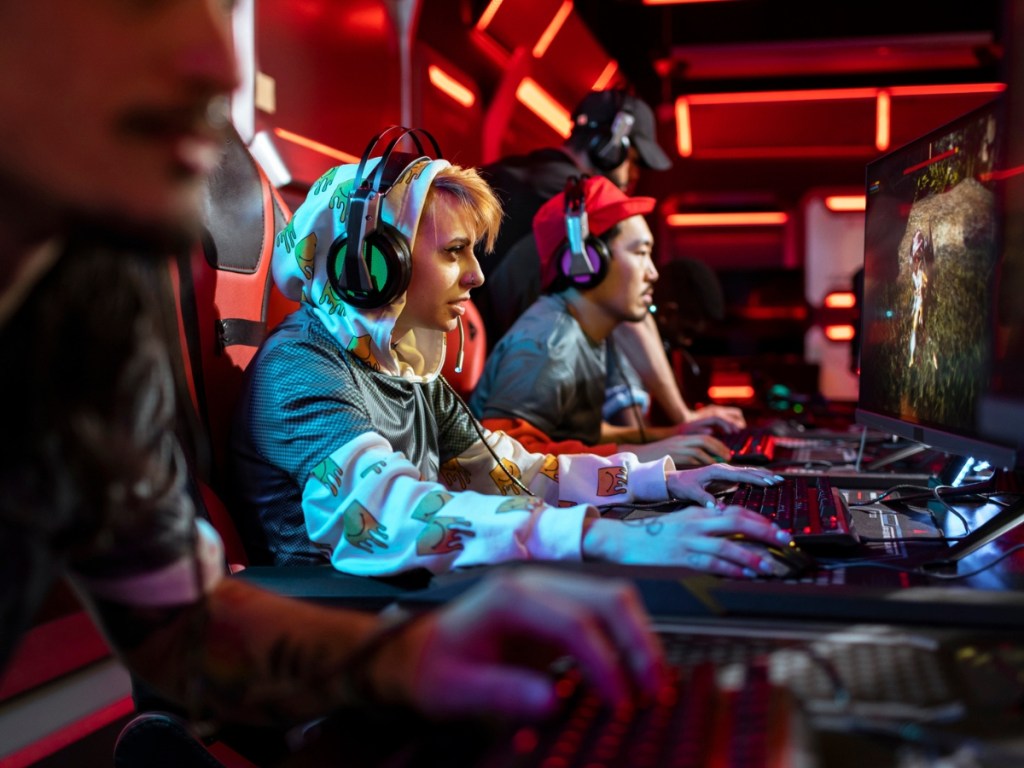Blockchain gaming: Australian NFT gaming platform Balthazar just raised US$2 million in a Private Token Sale to give the emerging blockchain-gaming sector a much-needed boost.
The fundraise was led by some pretty big names in the Web3 space including, IDG Capital, Tezos Foundation and Kucoin Labs, which saw Balthazar reach a total valuation of US$60 million.
The new cash will be used by Balthazar to upgrade its Web3 software development kit, dubbed Babylon, which is a suite of infrastructure that assists game developers in creating new blockchain-based games.
Earlier this year Balthazar raised US$3.6 million in a seed round token sale that was led by Animoca Brands, Zip co-founder Larry Diamond and Aussie-owned digital horse-racing platform ZED Run.
The CEO and co-founder of Balthazar, John Stefanidis, is a strong believer in the concept of ‘digital ownership’ and argues that Web3 games are very much the future evolution of the global video game industry.
“We’re building technology that’s applicable to not only the gaming space, but the entire crypto industry. We’re starting with gaming, to solve the problems of easy onboarding, opening accounts, in-game marketplace, peer-to-peer transactions, Web3 inventory management systems and on-chain in-game transactions in real time.”
John Stefanidis, CEO of Balthazar
According to the Department of Foreign Affairs and Trading, the international gaming industry is projected to reach a whopping US$294 billion by 2024.
Stefanidis said that the biggest problem facing NFT and blockchain-based games comes down to onboarding new users from Web2 games. To that point, the Web3 gaming industry has long been on the receiving end of criticism from Web2 gamers who see blockchain games as clunky, repetitive and boring.
Balthazar’s fundraise comes at a time where blockchain-based games are struggling to gain traction in the wider gaming industry. A whopping US$5 billion was poured into the blockchain-based gaming sector in the first 6 months of this year, but Web3 games are arguably yet to see any major success with traditional gamers.
According to a survey from blockchain gaming company Coda Labs, traditional gamers repeatedly butt heads with technical issues that see them keep Web3 games at arms length. More than 40% of traditional gamers were unsure of how Web3 games worked. Another 36% said that they didn’t have a crypto wallet set up and 33% said that scams were keeping them away from blockchain-based gaming.
“The biggest issues in the NFT gaming industry are access to customers and building on the blockchain. We want to solve both of these issues by creating a great user experience for games to easily onboard gamers, and a safe and secure way for gamers to play-and-earn with a self-custody system,” Stefanidis said.
A demo video from Balthazar on YouTube walks through some of the problems that the NFT gaming company is looking to address, with a specific focus on building out a noncustodial credential recovery system that allows for users to hold their own assets but removes the risk of losing passwords.
“We’re building a noncustodial wallet system with built-in credential recovery. No one has solved credential recovery yet,” Stefanidis added.
A non-custodial wallet simply means that only the person with a set of private ‘keys’ can access their wallet. Unlike a custodial wallet on a centralised exchange where you can ask someone for help if you get locked out, if you lose the keys to your non-custodial wallet then it can be impossible to get back in.
“We’re very clear in our mission to allow people to own their assets. That’s the underlying value that we’re adding,” Stefanidis concluded.





